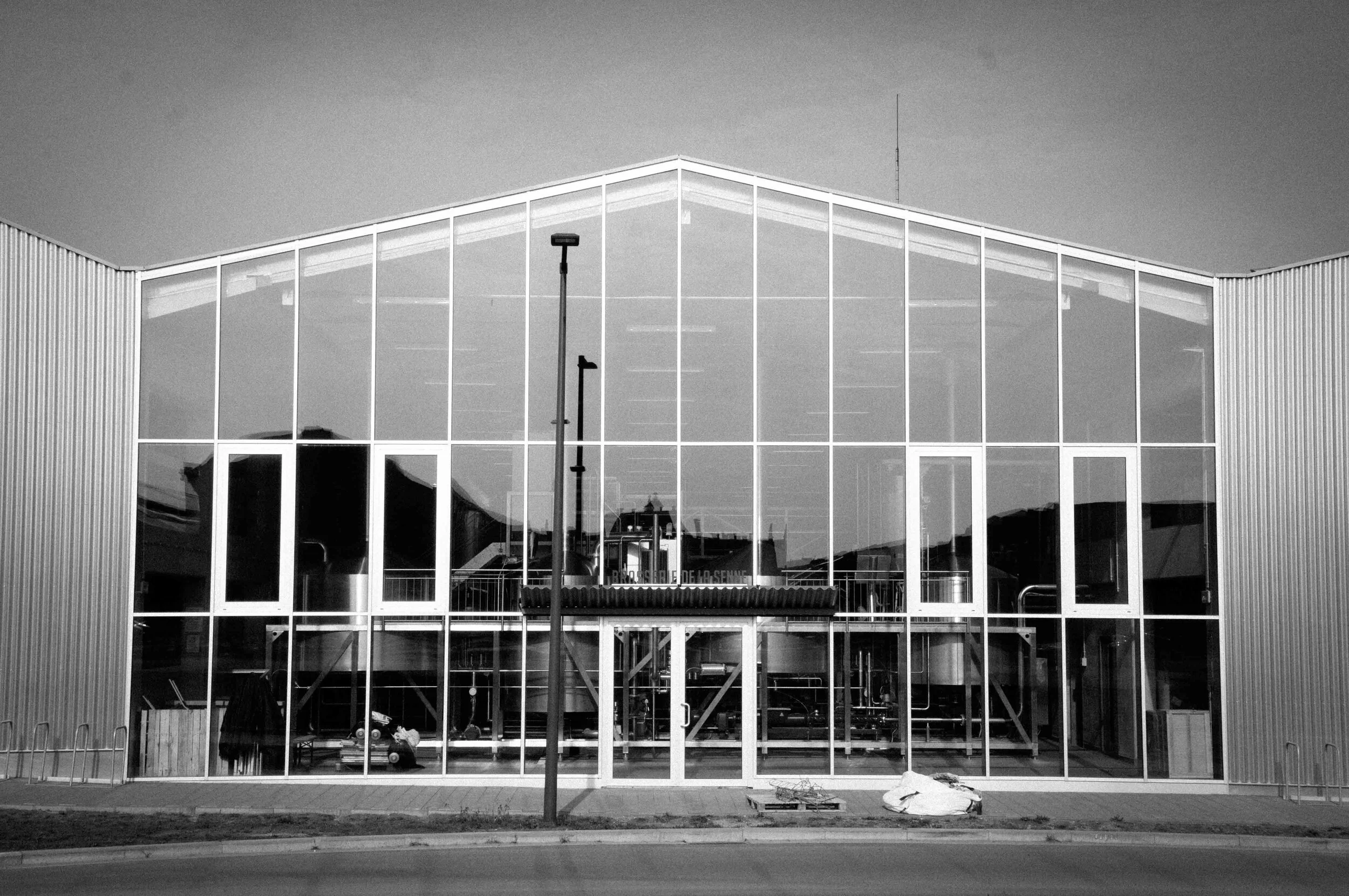A History of Brussels Beer in 50 Objects // #41 Malt Attacks Growler
Object #41 - Malt Attacks Growler
21st century
City Life
Find out more about Brussels Beer City’s new weekly series, “A History Of Brussels Beer In 50 Objects” here.
There’s a scene partway through Luc Besson’s The Fifth Element where the film’s oleaginous antagonist Jean-Baptiste Emanuel Zorg monologues to Ian Holm’s priest about his belief that life comes from “destruction, disorder and chaos” - illustrating his point by smashing a glass, prompting an army of robots into life to clean up the mess.
The five decades of destruction, disorder and chaos visited on Brussels’ beer scene in the late 20th century may have been down more to callous indifference than deliberate malice. But deliberate or not, by the early 2010s decline had finally given way to a hubbub of activity. A new beer ecosystem was emerging into the vacuum left behind by the disappearance of Brussels’ industrial breweries.
There were new beer-curious restaurants, rumours of new breweries, and homebrewers with ambitions to escape their basements. People like Kevin Desmet (a.k.a the Belgian Beer Geek) were writing about the embryonic scene, and there was renewed interest in brewing courses at the Institut Meurice and COOVI. And in October 2014 a small beer shop opened down the hill from the Parvis de St Gilles.
Identifiable by the four-headed hydra painted on the shop-window, Malt Attacks was owned by history graduate Antoine Pierson. It was small, with room for twin sets of black shelves flanking a counter in the middle. The beers Pierson placed on these shelves retrospectively feels like a capsule collection of what interesting beer looked like in 2014. One side housed the Belgians - locals Cantillon and Brasserie de la Senne but also St Bernardus, De Glazen Toren, Dupont, Fantôme, Rulles, and De Struise Brouwers.
On the opposite wall was everyone else. American standards like Sierra Nevada Pale Ale and Anchor Steam, and more niche bottles from the likes of Prairie Artisan Ales and The Bruery. From England there was Fuller’s Vintage Ale, Weird Beard, Brew By Numbers, and The Kernel. Scandinavia was well represented, with Norway’s Nogne Ø having a shelf almost to itself alongside Brouwerij De Molen of The Netherlands, and boxes of BrewDog.
Malt Attacks wasn’t Brussels’ first craft beer shop - Ixelles-based Malting Pot opened in 2014 - but it had a unique selling point, which even in 2014 had a whiff of exoticism to it: it sold growlers of freshly-tapped beers for takeaway. But it’s not the availability of draught Bastogne Pale Ale or Nøgne Ø’s Two Captains Double IPA that make Malt Attacks’ arrival so significant, for me at least. When it opened I lived a few streets away, a new dad with a burgeoning interest in beer. Malt Attacks felt then like the Brussels outpost of an international beer movement of which I was still only dimly aware. It was where, for example, I bought my first Sierra Nevada and my first Punk IPA in November 2014.
For many beer drinkers, Malt Attacks was an essential conduit between a sometimes-insular Brussels and an outside world just then exploding with interesting beer. And as its emissary in Brussels, Antoine Pierson was the perfect honorary consul.













